Should You Buy Organic?

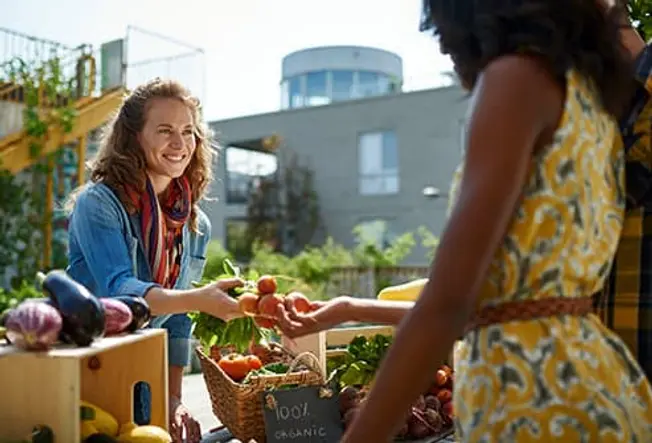
Go Organic?
Organic foods are usually good for the environment. But they're often hard on your wallet: The USDA found the costs of organic fruits and vegetables typically run more than 20% higher than conventional produce. Sometimes the difference is much higher, especially for things like organic milk and eggs. Are they worth the extra expense? In some cases, yes. It may lower your exposure to chemicals and artificial ingredients. In others, it may not be healthier than buying conventionally grown products. Some basic information can help you make the smartest choices for your budget and the health of your family.
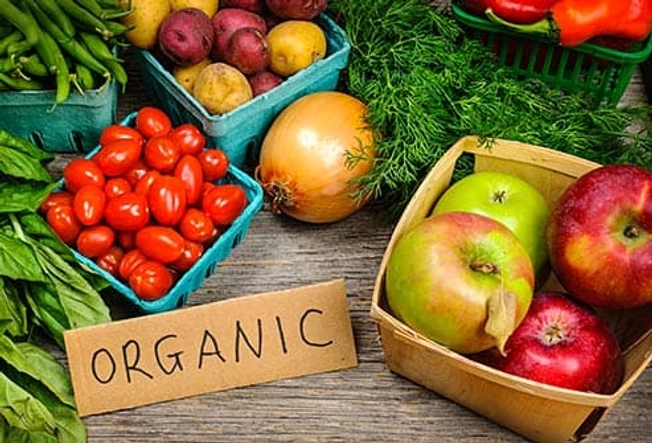
What “Organic” Means
The term refers to the way a food is grown, handled, and processed. These practices are meant to protect the environment. The government has strict standards for its “USDA Organic” seal: Produce must be grown without the use of most conventional pesticides, fertilizers that aren’t naturally made, sewage sludge, radiation, and genetically modified organisms. Animals can’t be given antibiotics or hormones.
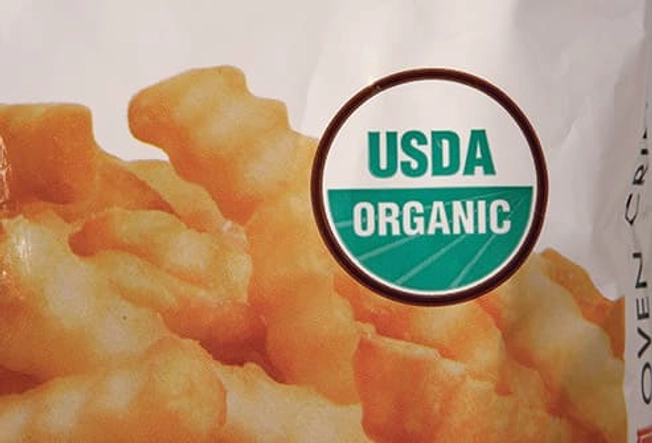
Understand Labels
The labeling can be confusing. The government oversees the use of these terms:
- 100 Percent Organic: All the ingredients are certified organic.
- Organic: At least 95% of the ingredients are certified organic.
- Made With Organic Ingredients: At least 70% of the ingredients are certified organic.
Other labels, such as “all-natural” and “farm-raised,” aren’t regulated, so they don’t mean much.
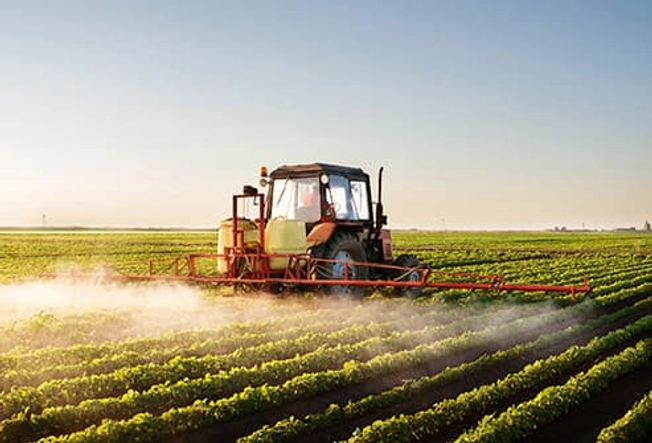
The Truth About Pesticides
This may come as a surprise, but organic food isn’t necessarily pesticide-free. Organic farmers aren’t allowed to use synthetic fertilizers or pesticides. But they can apply ones made from natural ingredients, which can still be dangerous for your health.
If your diet includes a variety of produce, you're less likely to get a big dose of one single pesticide.
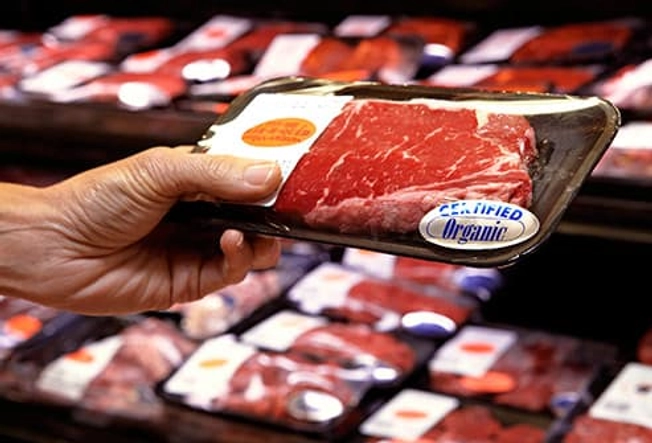
Beef: Buy Organic
Cattle raised on non-organic farms are often given sex hormones, such as estrogen and testosterone, so they’ll grow faster. Some experts believe that these hormones may trigger early puberty in girls, while others argue it doesn’t have any effect. Some families buy organic meats for this reason. Some research shows it may have more heart-healthy omega-3 fats. But more studies are needed.

Poultry and Pork: Buy Organic
Organic poultry and pigs are given food that is free of synthetic pesticides and fertilizer. They also don’t get antibiotics, which is a common practice on conventional farms. Experts agree that the regular use of these drugs can lead to dangerous antibiotic-resistant bacteria. If you buy conventional meat, trim off the fat and skin. That’s where pesticide hides.
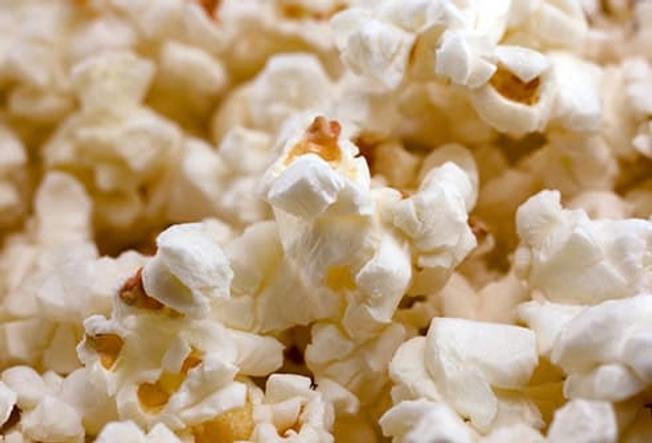
Microwave Popcorn: Buy Organic
For years, many microwave popcorn bags used perfluorooctanoic acid (PFOA) to prevent the kernels from sticking. After it was linked to some cancers, the FDA banned it. But scientists are concerned that the chemicals used in their place may not be safe, either. What’s more, research shows that an ingredient in artificial butter may lead to breathing problems. Go organic or use an air-popper or the stovetop -- and add your own flavors.

Seafood: Buy Conventional
The USDA doesn’t have standards for organic seafood. So that piece of fish labeled “organic” isn’t guaranteed to be any safer for you (or the environment). They can still have contaminants. A better approach: Shop for fish that’s low in mercury, a metal that can harm your nervous system. Seafood that’s smaller in size, such as shrimp, salmon, and anchovies, are good bets.
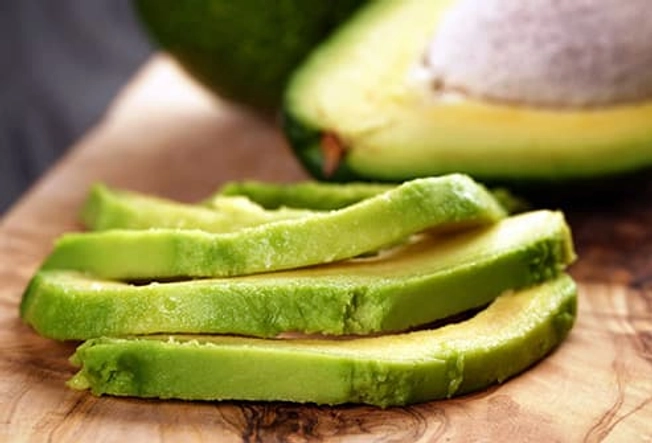
Avocado: Your Call
Its thick, bumpy skin protects this creamy fruit. That means pesticides rarely reach the flesh. In fact, when scientists analyzed 48 different fruits and vegetables, they found that avocados had the least pesticides. A rule of thumb: Produce with thick skins that you peel or toss, such as pineapples and melon, have lower levels. Just wash them well before slicing.

Maple Syrup: Buy Conventional
The sweet stuff is harvested from forests, which typically aren’t treated with pesticides or fertilizers. At the store, buy 100% maple syrup. Some maple-flavored products are made with high-fructose corn syrup, coloring, and preservatives.
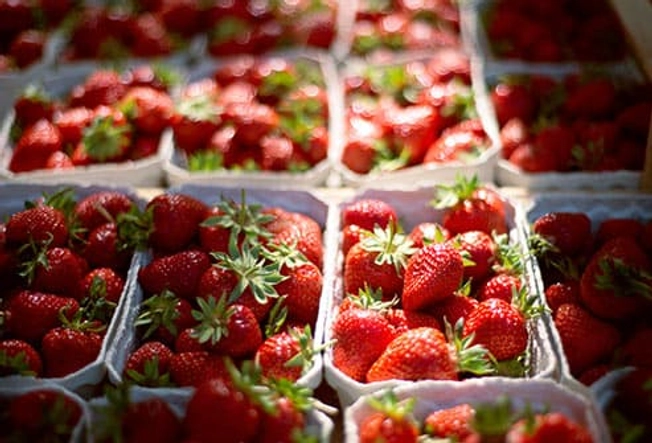
Strawberries: Buy Local
Sweet and delicate, strawberries rot easily. That’s why their crops are sprayed with multiple chemicals: One analysis showed that the average strawberry had six different pesticides. But other research shows that this dose still falls well below the amount that’s risky for humans. Your best bet is to find a local farm that doesn’t use pesticides and buy your strawberries there. They’ll be fresh and may last longer.
No matter where you get them, make sure to wash them before you eat them.
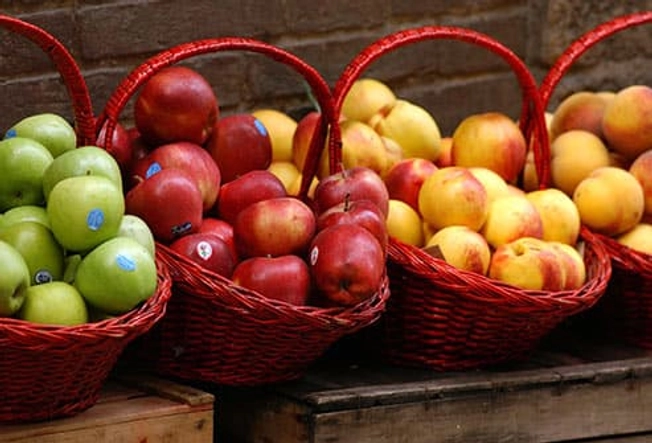
Apples, Peaches, and Nectarines: Buy Local
You eat the peels of these sweet fruits. That means you’re getting any pesticide lingering on their skins. Scrub them under running water for at least 30 seconds. There’s no need for soap or a fruit wash. As with strawberries, it’s smart to buy these fruits from a local farmer who uses minimal pesticides.
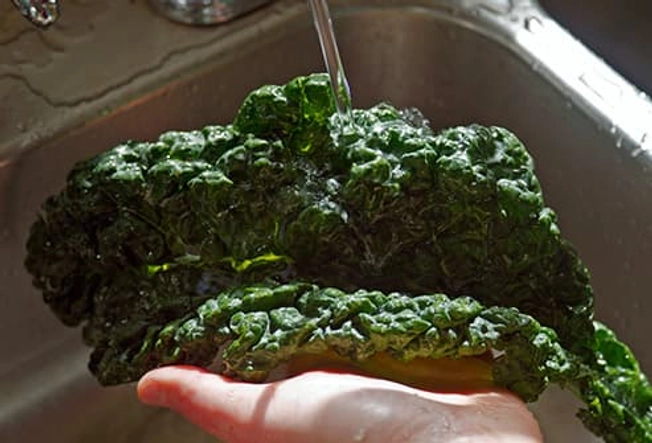
Spinach and Kale: Buy Local
These veggies are typically high in pesticides. If you can, buy them from a local farmers market where you can make sure they’re grown without synthetic chemicals. If you cook these vegetables, it may lower their pesticide level, but it may also take away some of the nutrients
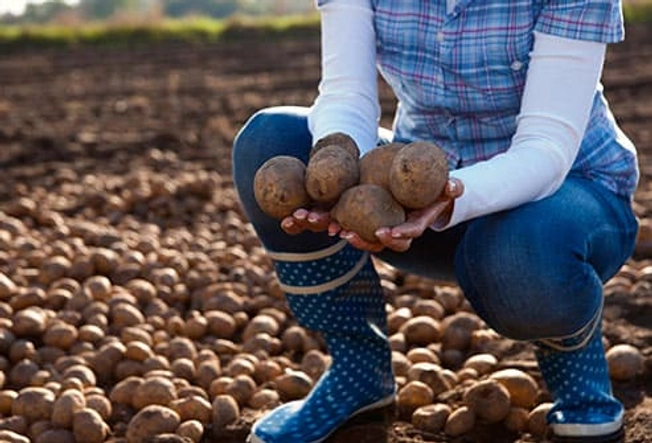
Potatoes: Buy Local
Root vegetables can take in the pesticides and fertilizers added to the soil. So both conventional and organic potatoes may have chemicals. Because Americans eat so many spuds -- an average of 114 pounds per person -- it’s safest to choose locally grown ones that you know aren’t treated with chemicals as often. And, again, make sure to wash them.